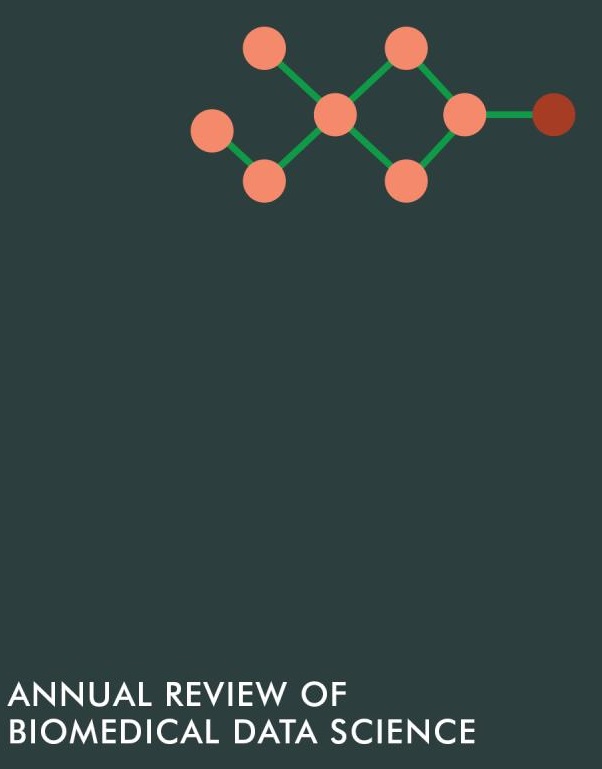通过基因组分析发现生物冲突系统:进化原理和生化新颖性。
IF 7
Q1 MATHEMATICAL & COMPUTATIONAL BIOLOGY
Annual Review of Biomedical Data Science
Pub Date : 2022-05-24
DOI:10.1146/annurev-biodatasci-122220-101119
引用次数: 8
摘要
生物复制因子,从基因组内的基因到整个生物体,都处于冲突之中。比较基因组学揭示了分子武器的惊人多样性和调节其部署的机制,统称为生物冲突系统。这些包括在种间和种内相互作用中使用的毒素,自我/非自我歧视,抗病毒免疫机制,病毒和基因组内自私元件部署的反宿主效应物。这些系统在组织逻辑上具有共同的语法特征,并具有一组针对遗传信息流的效应器,这些遗传信息流通过中央教条、某些膜和关键分子如NAD+。这些原理可以通过敏感的计算分析来发现新的冲突系统。这使得我们对这些系统的生物学理解取得了重大进展,并为基因组编辑、测序等提供了新的生物技术试剂。我们用毒素、限制性修饰、细胞凋亡、CRISPR/第二信使调节系统和其他神秘的核酸靶向系统的具体例子来讨论这些进展。预计《生物医学数据科学年度评论》第5卷的最终在线出版日期为2022年8月。修订后的估计数请参阅http://www.annualreviews.org/page/journal/pubdates。本文章由计算机程序翻译,如有差异,请以英文原文为准。
Discovering Biological Conflict Systems Through Genome Analysis: Evolutionary Principles and Biochemical Novelty.
Biological replicators, from genes within a genome to whole organisms, are locked in conflicts. Comparative genomics has revealed a staggering diversity of molecular armaments and mechanisms regulating their deployment, collectively termed biological conflict systems. These encompass toxins used in inter- and intraspecific interactions, self/nonself discrimination, antiviral immune mechanisms, and counter-host effectors deployed by viruses and intragenomic selfish elements. These systems possess shared syntactical features in their organizational logic and a set of effectors targeting genetic information flow through the Central Dogma, certain membranes, and key molecules like NAD+. These principles can be exploited to discover new conflict systems through sensitive computational analyses. This has led to significant advances in our understanding of the biology of these systems and furnished new biotechnological reagents for genome editing, sequencing, and beyond. We discuss these advances using specific examples of toxins, restriction-modification, apoptosis, CRISPR/second messenger-regulated systems, and other enigmatic nucleic acid-targeting systems. Expected final online publication date for the Annual Review of Biomedical Data Science, Volume 5 is August 2022. Please see http://www.annualreviews.org/page/journal/pubdates for revised estimates.
求助全文
通过发布文献求助,成功后即可免费获取论文全文。
去求助
来源期刊
CiteScore
11.10
自引率
1.70%
发文量
0
期刊介绍:
The Annual Review of Biomedical Data Science provides comprehensive expert reviews in biomedical data science, focusing on advanced methods to store, retrieve, analyze, and organize biomedical data and knowledge. The scope of the journal encompasses informatics, computational, artificial intelligence (AI), and statistical approaches to biomedical data, including the sub-fields of bioinformatics, computational biology, biomedical informatics, clinical and clinical research informatics, biostatistics, and imaging informatics. The mission of the journal is to identify both emerging and established areas of biomedical data science, and the leaders in these fields.

 求助内容:
求助内容: 应助结果提醒方式:
应助结果提醒方式:


